Instead of the traditional model, new-generation industrial parks are integrating three layers of services, including smart infrastructure (Internet of Things - IoT, 5G); supporting business ecosystem; multi-functional utilities, such as research and development (R&D) centers and worker housing areas.
In particular, the high-rise factory model helps save 40% of area, allows flexible rental by module, and has been applied in many localities such as Ho Chi Minh City, Binh Duong, Dong Nai, Tay Ninh, Ba Ria - Vung Tau, Long An , Hai Duong and Bac Ninh.
Regarding green industrial infrastructure, the Government aims to have 30% of industrial parks achieving LEED/green certification by 2030, opening up opportunities to develop projects using recycled materials, rooftop solar energy systems and circular wastewater treatment.
The Korean Industrial Complex project in Hung Yen , with a total investment of VND6,083 billion, is a typical example of this trend.
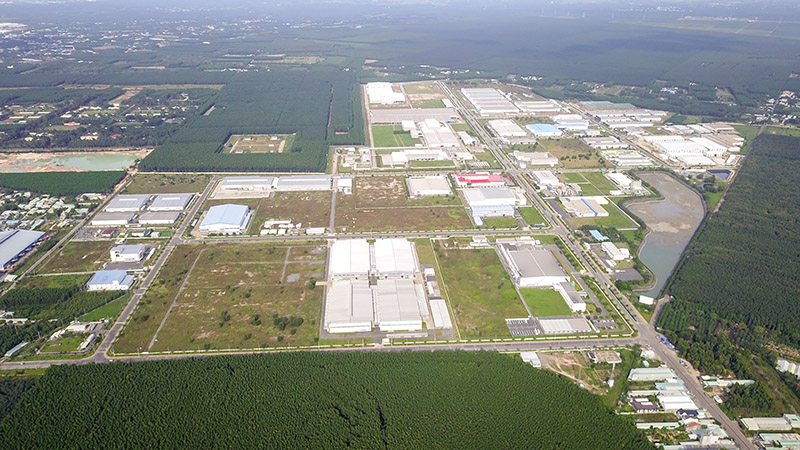 |
| Long Duc Industrial Park (Dong Nai) aims to be an ecological industrial park model, focusing on attracting projects with modern, environmentally friendly technology. Photo: Duc Thanh |
A series of industrial parks were approved in early 2025.
In early 2025, the Government approved 14 new industrial park projects across the country. These projects are being implemented in Can Tho, Hai Phong, Thai Nguyen, Binh Phuoc, Bac Giang, Hai Duong and Ba Ria - Vung Tau, with a total area of over 4,000 hectares and a total investment capital of tens of thousands of billions of VND.
Approving new industrial park projects not only helps expand industrial land funds, but also creates conditions to attract domestic and foreign investment capital. At the same time, these projects will contribute to promoting local economic development, creating jobs and improving infrastructure.
In particular, some industrial parks are also oriented to develop according to modern models, applying high technology and focusing on sustainability factors, in line with the trend of green industrial development.
With the increase in industrial park supply, Vietnam's industrial real estate market is expected to continue to be vibrant, attracting many businesses in the manufacturing, logistics and high-tech sectors.
Vietnam is becoming a new hot spot in the Southeast Asian data center race, with Saigon Asset Management (SAM) investing $1.5 billion to build a 150 MW data center in Binh Duong. The project, in cooperation with VSIP, will be deployed on 50 hectares and the first phase will be operational after 2 years.
The prospects for the data center industry in Vietnam are promising thanks to the growing demand for data storage and processing from global technology companies and corporations. With its strategic location, competitive operating costs and investment attraction policies, Vietnam has the opportunity to become a regional data center. However, to attract more foreign direct investment (FDI) and expand its scale, it is necessary to continue to improve the power infrastructure, connection network and preferential policies for this industry.
Promote investment attraction
In the first quarter of 2025, Ho Chi Minh City has no new industrial parks in operation, the total supply of industrial land remains at 5,000 hectares. The city is promoting the attraction of high-tech investment, especially in the semiconductor industry, with the inauguration of the first semiconductor factory, combining research and human resource training. In addition, the High-Tech Park continues to attract large projects, including 12 new projects with a total capital of more than 1 billion USD. If receiving appropriate support, Ho Chi Minh City can deploy a second semiconductor factory in 2026, affirming its role as a technology center and gradually participating more deeply in the global supply chain.
 Instead of the traditional model, new-generation industrial parks are integrating three layers of services, including smart infrastructure (IoT, 5G), supporting business ecosystems and multi-functional utilities.
Instead of the traditional model, new-generation industrial parks are integrating three layers of services, including smart infrastructure (IoT, 5G), supporting business ecosystems and multi-functional utilities. 
The current average land rental price is 243 USD/m2/term and the occupancy rate is 90%. Ho Chi Minh City is focusing on investing in the semiconductor sector, not only attracting leading technology corporations, but also building specialized training programs to provide highly qualified human resources.
One of the important steps is the City's upcoming inauguration of its first semiconductor factory. This factory will not only serve production, but will also be a practical research center, creating opportunities for students and lecturers to access advanced technology.
In addition, Ho Chi Minh City is also actively supporting businesses and investors to expand production capacity. With appropriate support from the High-Tech Park, a second semiconductor factory will be deployed in 2026. Ho Chi Minh City aims to become a leading high-tech center, while enhancing its position on the regional and international technology map. Developing the semiconductor industry not only strengthens the role of the City, but also opens up opportunities for Vietnam to participate more deeply in the global supply chain.
In the Central region, Da Nang continues to expand its industrial land fund with plans to build and call for investment in production, trade - service and logistics zones in the free trade zone, as well as launching the Hoa Ninh Industrial Park Project, covering an area of 400 hectares in Hoa Vang district. Neighboring provinces have also launched large-scale industrial park projects, such as Binh Dinh with Phu My Industrial Park - Phase I and Quang Ngai with VSIP II Industrial Park.
By the first quarter of 2025, Da Nang will have 6 industrial parks, one high-tech park and one information technology park, with a total area of over 2,500 hectares, and no new industrial parks. On February 18, the City launched the Hoa Ninh Industrial Park Project (Phu My 3, Da Nang IP) in Hoa Vang, with a scale of 400 hectares and a capital of VND 6,204 billion, aiming at a modern industrial park, prioritizing high-tech industry. The industrial park's operations are stable, with an average rental price of 98 USD/m2/term, and an occupancy rate of 79%. Da Nang is promoting infrastructure, logistics, developing free trade zones, and attracting high-value industries. These factors increase the demand for industrial land, attract businesses, and increase the value of industrial real estate.
Meanwhile, the North continues to be the focus of the industrial park market, with the occupancy rate in Hanoi reaching 93%, up 5% compared to the end of 2024. However, Hanoi will not have any new industrial parks coming into operation in the first quarter of 2025. Currently, Hanoi has 9 industrial parks and one high-tech park, with a total area of nearly 3,000 hectares. The Hanoi market remains stable with an average land rental price of 223 USD/m2/term, and the occupancy rate increased to 93%. This reflects the efficiency in exploiting industrial land funds. Currently, most projects in Hanoi have a 100% occupancy rate.
New industrial parks and industrial clusters are planned in the direction of green, clean industry, applying high technology, and at the same time investing in modern technical infrastructure, including centralized wastewater treatment systems.
Actively deal with counterpart taxes
Vietnam still has some outstanding favorable conditions such as affordable labor costs, strategic location (sharing a border with China and access to the ASEAN market), favorable incentives... Therefore, despite the initial instability, Vietnam's strategic advantages will ensure the country's continued strength in global trade.
Vietnam has always balanced its relations with Western and Eastern trade partners, ensuring that it maximizes the benefits of global trade agreements. One strength lies in Vietnam’s smart diplomatic strategies.
Vietnam will continue to leverage its strong diplomatic networks to negotiate terms and waivers that are most favorable to the country.
In addition, diversifying trade partnerships is another comprehensive effort of the Vietnamese Government. With 12 comprehensive strategic partnerships and 17 free trade agreements (FTAs) in effect, Vietnam has built a strong global trade network. To mitigate the risks of over-reliance on large economies such as the United States and China, policymakers have further strengthened ties with emerging markets and expanded participation in regional trade blocs.
In addition to trade agreements, Vietnam’s demographic advantage plays an important role, with an attractive consumer market attracting large investments from multinational manufacturers such as IKEA, Samsung, LEGO… Policies to foster human resources and improve infrastructure will further strengthen Vietnam’s position as a key player in the global supply chain.
Source: https://baodautu.vn/xu-huong-phat-trien-khu-cong-nghiep-the-he-moi-d268402.html



![[Photo] Prime Minister Pham Minh Chinh attends the 5th National Press Awards Ceremony on preventing and combating corruption, waste and negativity](https://vphoto.vietnam.vn/thumb/1200x675/vietnam/resource/IMAGE/2025/10/31/1761881588160_dsc-8359-jpg.webp)


![[Photo] Da Nang: Water gradually recedes, local authorities take advantage of the cleanup](https://vphoto.vietnam.vn/thumb/1200x675/vietnam/resource/IMAGE/2025/10/31/1761897188943_ndo_tr_2-jpg.webp)

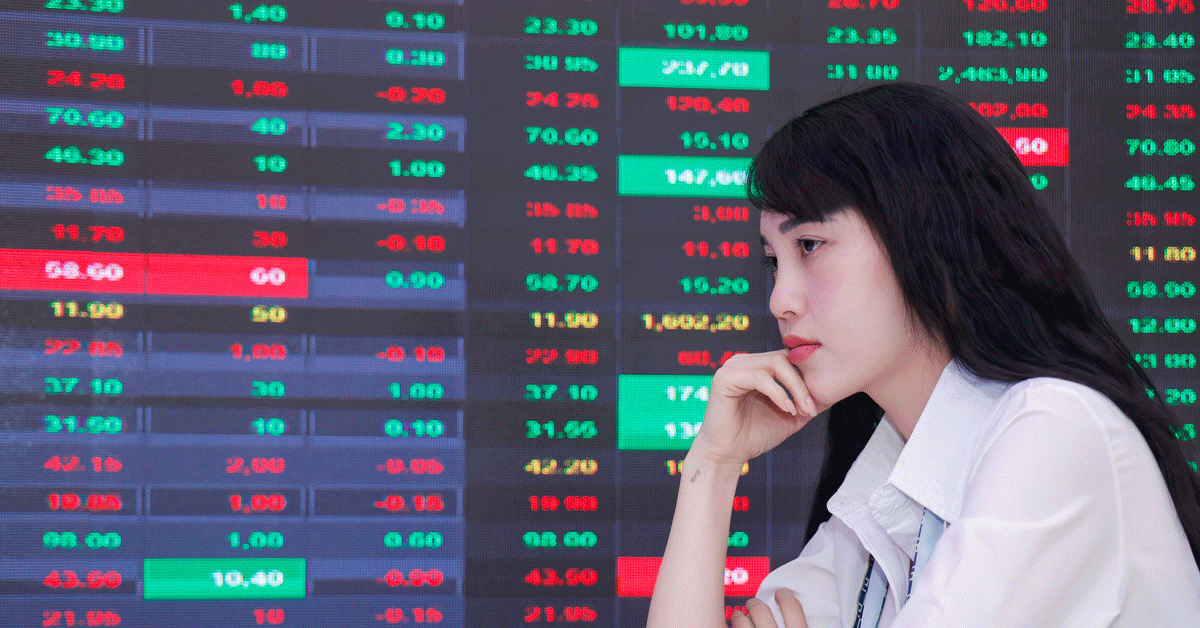

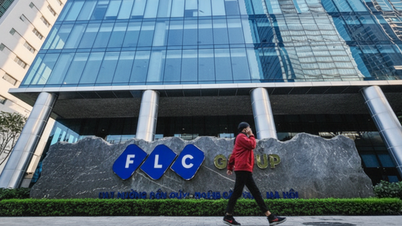

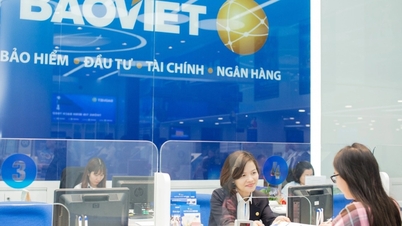


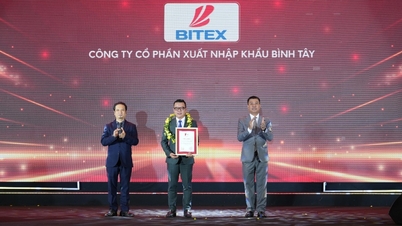







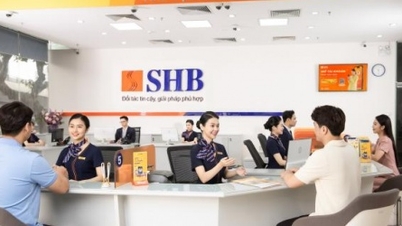
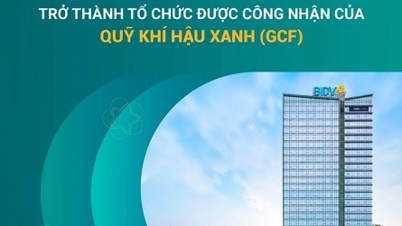
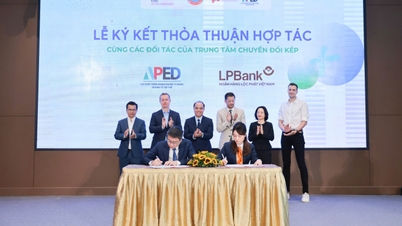
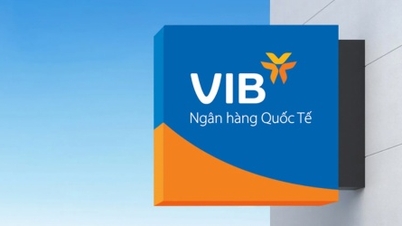
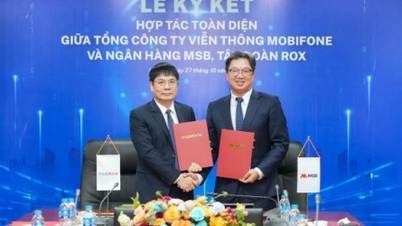


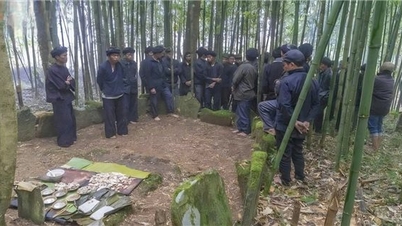

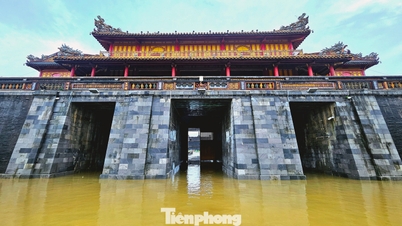

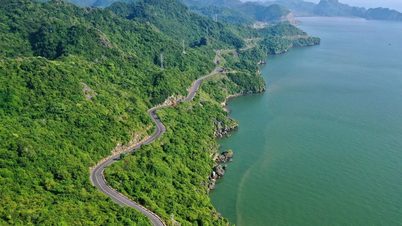












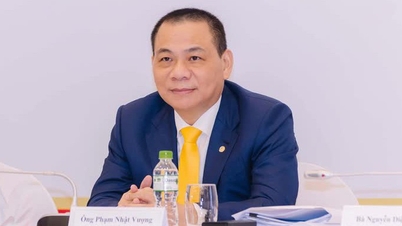
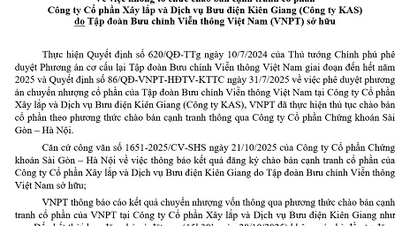


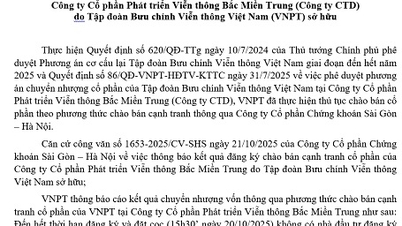
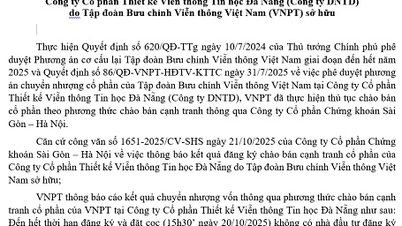






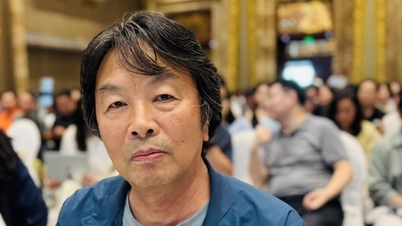

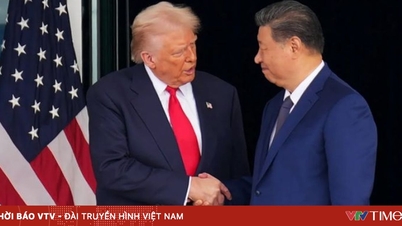

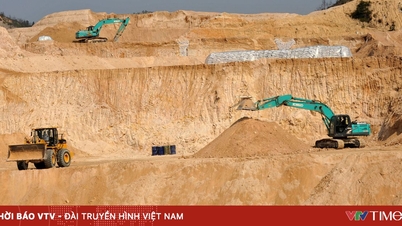
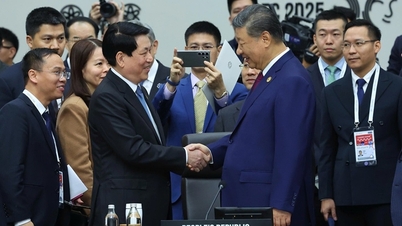

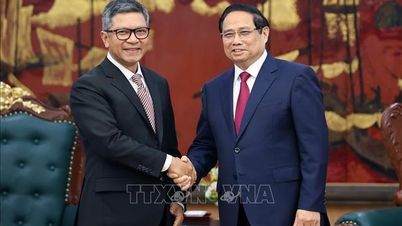
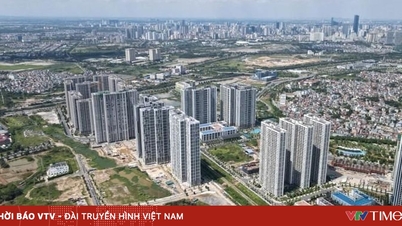


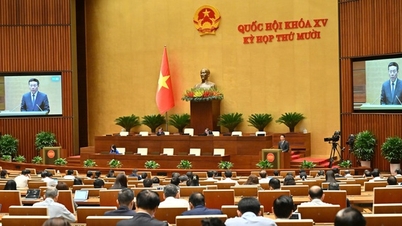

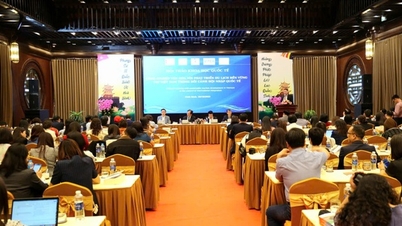
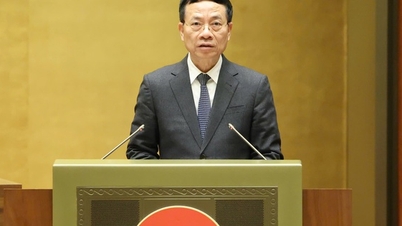
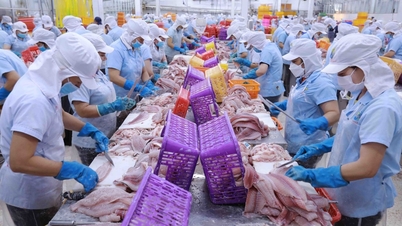
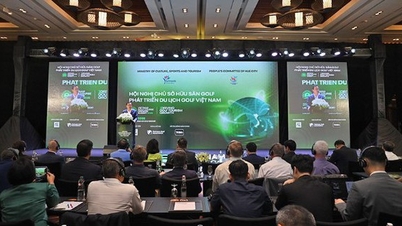


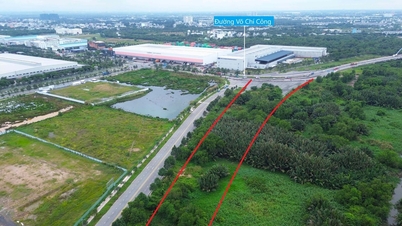



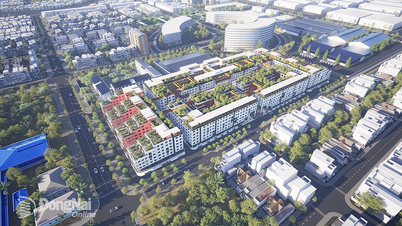


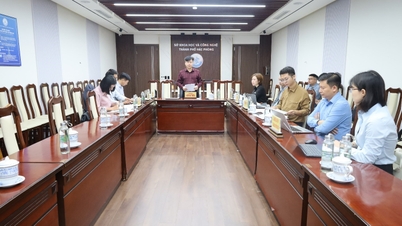














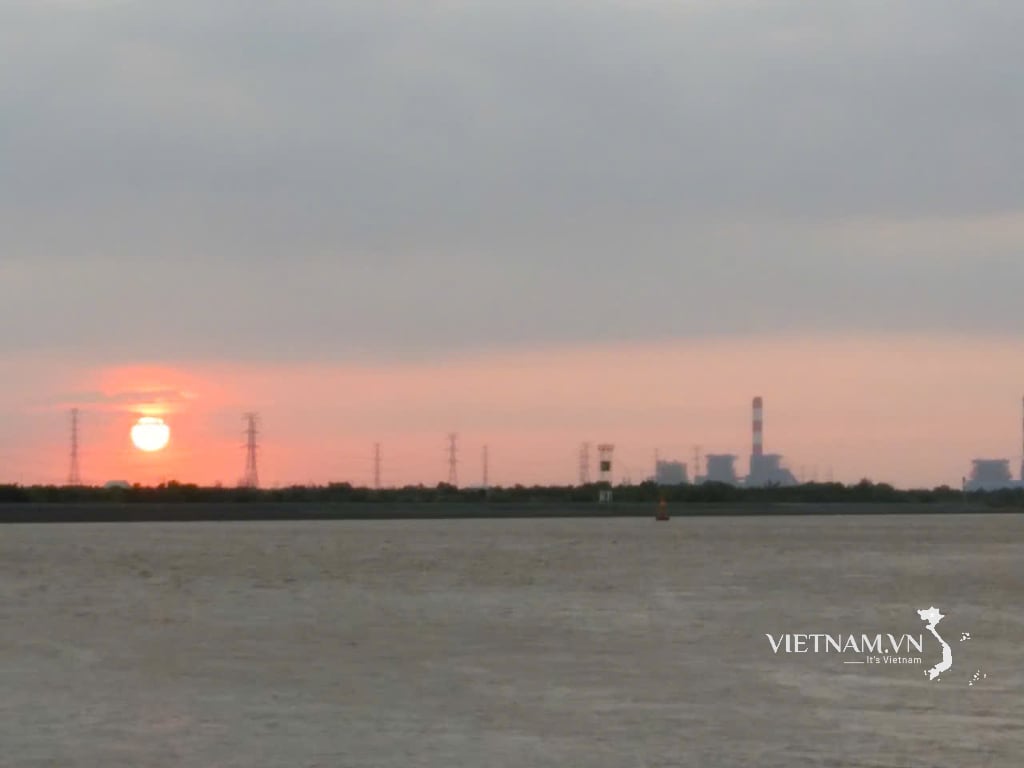
Comment (0)